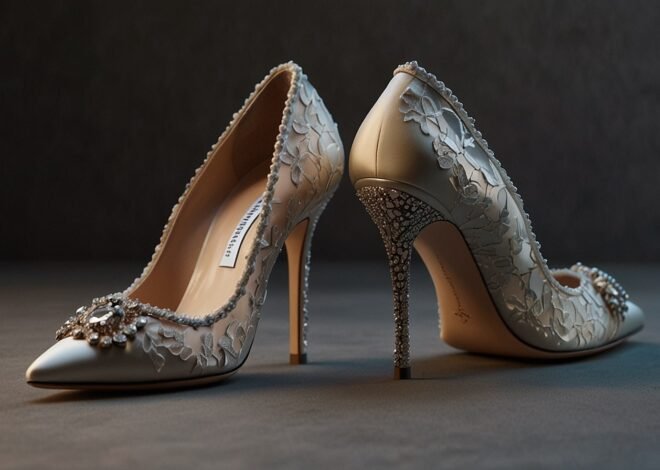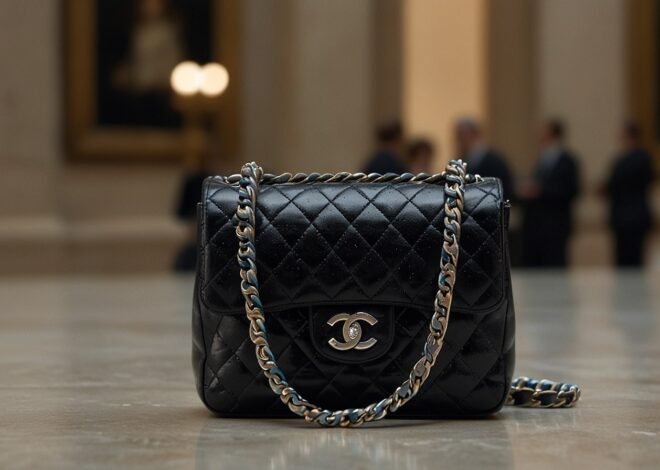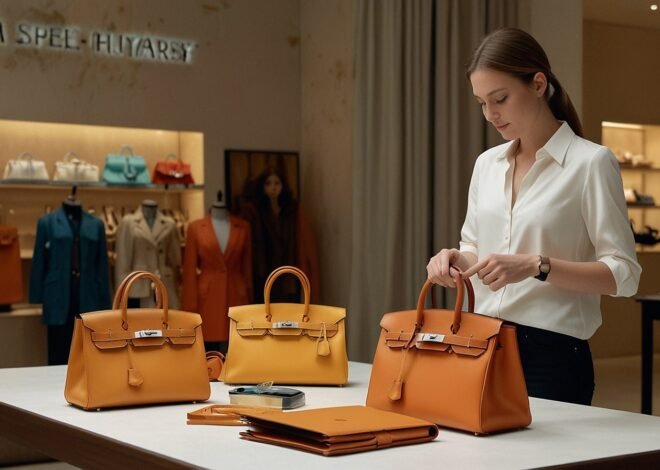
Hermès Increases US Prices Amid Tariff Surge as Luxury Market Faces New Challenges
The United States is where Hermès plans on boosting its product prices to make more returns as of May 1. The designation comes as a response to new tariffs, which have led to the imposition of a 10 percent duty on luxury product imports.
The new price list for the American consumers, who are already familiar with the brand’s exclusivity, is higher. They will be the ones who have to pay the rising costs, for example, including but not limited to a Birkin bag and silk coats.
The choice came after Hermès received its first-quarter sales reports, which showed a very strong but still below-average result. A firm which is headquartered in France sold goods worth €4.1 billion, thereby providing a 7.2 percent increment, and reports said that the company showed a deceleration in its sales gain.
Hermès, however, remains in the lead as it comes to the luxury section, with a record of resilience and strategic discipline, and the company’s managers and everyone involved are still counting on that.
The U.S. is cited as a key market for Hermès, and this was evident in the numbers, which showed an 11 percent sales hike in the first three months. The non-stop increase in the number of the brand’s buyers to a two-digit figure, even in the face of the country’s economic cycle and the prevailing inflation rates, is an indication of the long-lasting appeal of the brand among Americans.
The raised prices are essentially a direct result of the elimination of the potential barrier that would have been imposed by the newly imposed tariffs in order to maintain the company’s margins at a sufficient level.
Already in 2021, Hermès introduced a 6 to 7% rise in global prices, as it was the brand’s way of carrying on with its strategy that intends to limit the number of customers and to keep only the wealthiest buyers.
The necessary change, at an even greater rate of price increase in the U.S., also aligns with the iconic brand’s need to protect those who still believe in it and its unique position in the face of conditions elsewhere.
In Hermès, major people have never failed to stress keeping their standards high and being creative while they set out to regain their former ground and develop a new one.
The luxury sector, as a whole, is experiencing a period of considerable ambiguity. The outbreak of the pandemic, inflation rise, and a slowdown in the global economy have all contributed to the declining interest in higher-end articles. Nevertheless, Hermès, with its customer base and preference for timeless design over temporary fashion, has been the exception.
LVMH, the biggest adversary of Hermès, relied on the sale of leather goods and fashion, and has experienced a drop, whereas Hermès preferred a conservative approach. In contrast to LVMH, Hermès is still focused on exclusivity, not just advertising, and thus is following a different policy, which resulted in the company’s brief departure from LVMH as the world’s most valuable luxury company by market value earlier this month.
The unanimous opinion of the market is that only Hermès has dominance over the luxury world and can control the prices of its products. Herewith, the brand has taken the initiative on the price with an increase that is certainly within the purchasing power of its customers. What is more, the existing price image of Hermès does not encourage any of its competitors to do that; they simply lack the same elasticity and loyal clientele.
It’s a worldwide issue where we can notice that Hermès sales in Asia were not without problems. In China, the Great China area, sales were only 1 percent higher due to the low number of expenses and the uncertain economic outlook.
On the other hand, Japan performed incredibly well, as evidenced by a 17% jump in sales that came from the loyalty of the local people. Europe was another region where the luxury brand performed well, giving a higher picture of 14 percent, despite the executives’ warning of a possible drop in sales caused by fluctuating exchange rates in the future.
Hermès’ leather goods and saddlery section of the business is still a major contributor to the increasing profits, which in the first quarter showed a 10 percent rise.
The segments of ready-to-wear and accessories have shown a totally different result than the brand’s usual collections, reflecting Hermès’ innovative spirit while preserving its authenticity.
The vertical integration of Hermès and control of production have been two essential elements in maintaining its unique savoir-faire and quickly adapting to market modifications.
In the future, Hermès has a positive but careful view when it comes to the possible increase in income at standard exchange rates. This follows a widespread opinion that global economic unrest and geopolitical issues can be a source of disadvantage.
However, it is a fact; nonetheless, its long-term strategy gives Hermès confidence. The company is staying disciplined, and its continued and unwavering commitment to quality makes Hermès well-positioned to survive the harsh market situation in the luxury segment.
The latest developments bring to the forefront the fact that the luxury sector is continuing to change. As far as the tariffs and the economic hardships are concerned, the brands that, instead of losing fidelity, become exclusive and, moreover, are able to adapt easily to the evolving customer needs, will look for success.
By charging higher prices, Hermès not only confirmed its status to the customers but also retained their loyalty, giving a good example to other companies in the industry.
Prices in the U.S. are going up, which has ignited a debate among the analysts and competitors of the luxury industry. There is a likelihood, according to many, that other luxury brands will need to think over their pricing strategies again, that is, if they have the chance to do something similar with Hermès.
A mix of tradition, innovation, and a little bit of exclusivity makes the company a standout differentiator in the market flooded with luxury brands of all types.
Despite the forthcoming increase in price, Hermès’ core customers in the United States are expected to be hardly discouraged. The quality of the label’s workmanship and the aspect of the products as status symbols are the two most important factors that continue to drive sales. After all, the economy is in constant turmoil; however, demand for Hermès’ most iconic items is predicted to stay incredibly strong.
In the constantly changing and upgrading luxury market, the role of Hermès is a symbol of the enduring value of discipline and integrity in brand management.
The company’s recent decision in the U.S. not only caters to the sudden change in the economy but is also part of a long-range commitment to the higher ranks of the luxury industry. By focusing on the days ahead, Hermès persists in clearing its path according to the attributes of excellence, exclusiveness, and absolute retention of the customer’s confidence.


